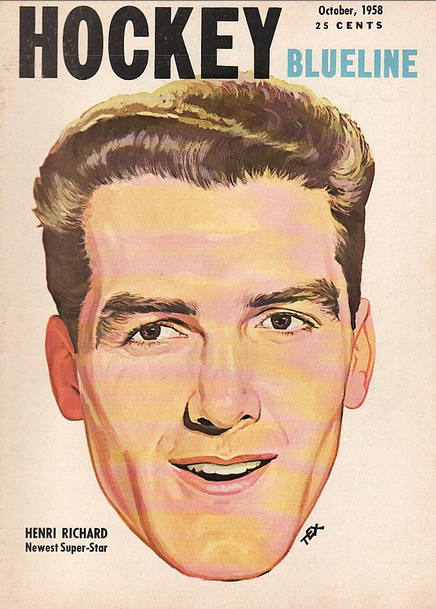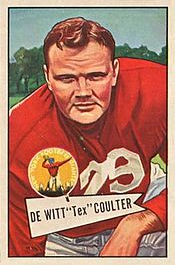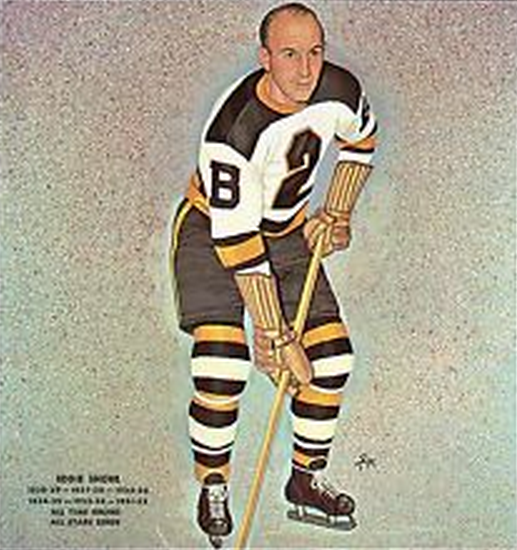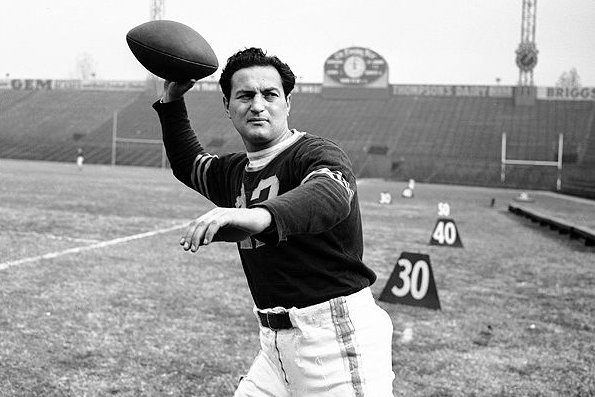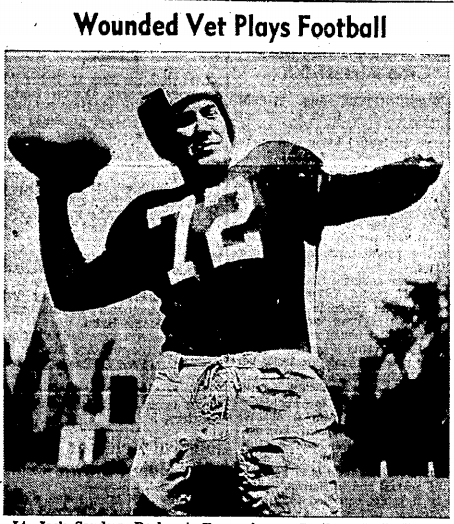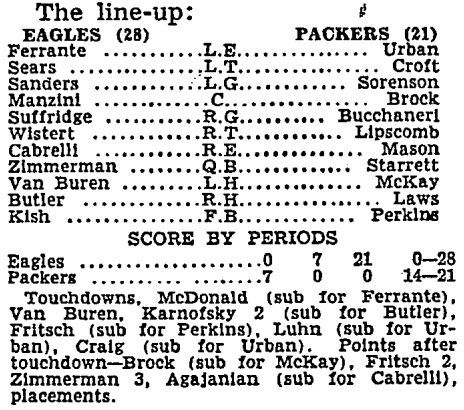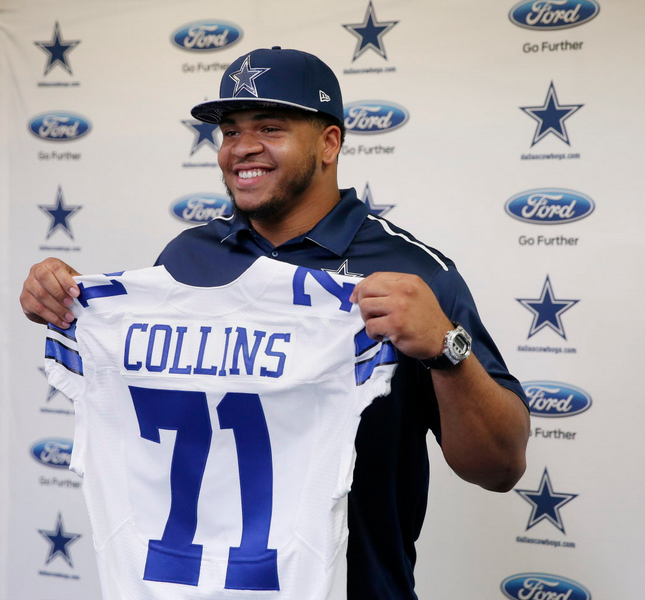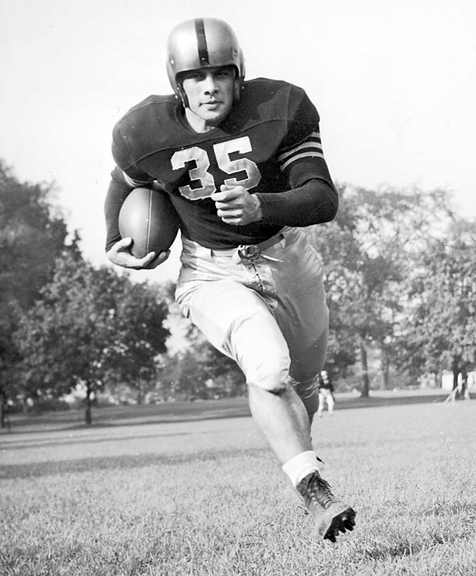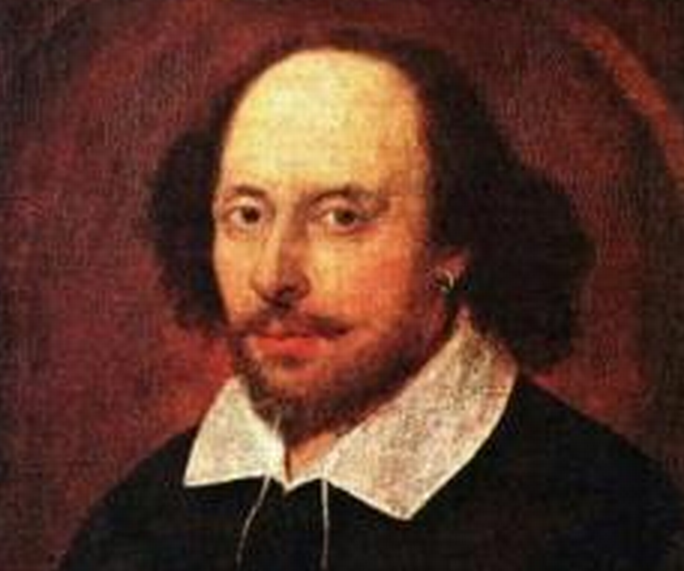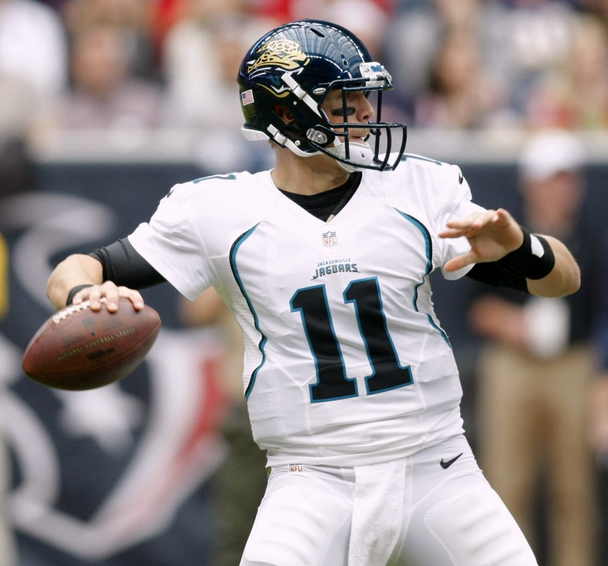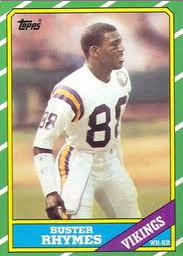NFL commissioners have acted like dictators — sometimes of the Chaplin variety — pretty much from the beginning. Roger Goodell is merely following established precedent: The Despot’s Playbook. Nobody much remembers today, but the Packers had their franchise taken away after the 1921 season for using three college players in a game. As Chuck Johnson wrote in The Green Bay Packers:
Every team in the league was employing college or high school players under assumed names. Many of the top college stars of the day would play on Saturday under their own names, then play again with the pros on Sunday, using another name.
Joe Carr, first [commissioner] of the league, wanted the practice stopped, not only because he thought it reprehensible to have players using aliases, but because it was hardly endearing the fledgling professionals to the colleges, which Carr foresaw as the league’s source of talent in years to come. So Carr made an example of the Packers.
Who just happened to play in the NFL’s smallest city (and were in their first season in the league). Four years later, Red Grange would gallop hither and yon for the Bears before his college class had graduated — indeed, just five days after his last game for Illinois — but nobody tried to kick George Halas out of the league. And five years after that, Halas did the same thing with Notre Dame fullback Joe Savoldi . . . and lived to tell about it.
But the Packers were almost strangled in the cradle, thanks to the NFL’s questionable concept of justice. (Fortunately, Curly Lambeau applied for a new franchise the following summer — after the original owner bowed out — and Green Bay got a second chance to write its remarkable story.)
The only thing that’s really changed over the decades is that, occasionally, owners fight back now. Al Davis took the league to court — and won — when it sought to prevent him from moving the Raiders to Los Angeles (and back). Jerry Jones exchanged lawsuits with his lodge brothers after having the audacity to sign separate sponsorship deals for the Cowboys’ stadium.
And now we have the Patriots’ Bob Kraft and his quarterback, Tom Brady, ready to go to the mattresses over Deflategate — and the hole-ridden report used as the basis for the team’s whopping penalties. No, it ain’t 1921 anymore.
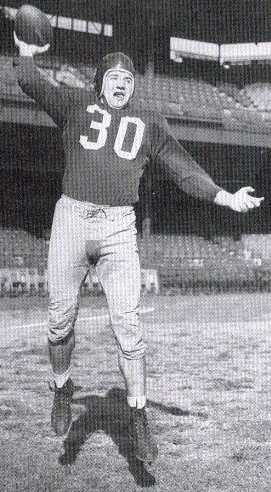
Frank Filchock
And that’s a good thing. In the old days, the commissioner would rule and his “subjects” would simply bow their heads and accept their fate. There wasn’t much recourse. When the Giants’ Frank Filchock and Merle Hapes were banned indefinitely for failing to report a bribe offer before the 1946 title game, their collective goose was cooked. They were free to play in Canada, which they did, but they were persona non grata in the NFL until the commissioner said otherwise. For Hapes, that was essentially forever. Filchock, meanwhile, was out of the league for three years (and played, ever so briefly, in just one game when he returned with the 1950 Baltimore Colts).
“They needed a scapegoat in the whole business and I was it,” he said later. “They dealt me one off the bottom of the deck. They took the easy way out.
“Twice since my suspension I wrote to [Bert] Bell and asked him for the chance to talk this over. He answered me, all right, but just wrote that if I had any new evidence to put it into writing. . . . He’s just got me hanging. [The gambler behind the fix attempt] is out [of prison], isn’t he? What about me?”
Nobody had a bigger gripe than the Pottsville Maroons. In 1925 the Maroons were the best team in the NFL. They proved this by winning 10 of their 12 games, racking up seven shutouts and beating the next-best team, the Chicago Cardinals, 21-7, on the Cards’ turf. (And believe me, a 21-7 road win the ’20s was a Serious Skunking.) But you won’t see them on the list of league champions because they made the mistake of playing an exhibition game late in the season in Philadelphia, the Frankford Yellow Jackets’ territory.
The Yellow Jackets complained, Carr suspended the Pottsville franchise — denying it the championship — and, well, it’s one of the low points in league history, if you ask me. Joe, who’s in the Hall of Fame, has a lot of defenders, but I can’t see any reasonable rationale for such a harsh penalty.
I wrote about the whole sorry episode back in 2003 for The Washington Times. Give it a look, if you’re interested, and see what you think. Maybe it’ll help answer the question: Where does Goodell get his chutzpah?
Here it is:
The NFL title that wasn’t
The Pottsville Maroons were in the news recently. That alone is news. The Maroons, northeastern Pennsylvania’s contribution to NFL history, haven’t belonged to the league since 1928, since the days of dropkicks and leather helmets. They’re less a team than a trivia question, a $1 million answer. Name the first coach of the Pottsville Maroons. Name the last. Name anybody who ever had anything to do with the Pottsville Maroons.
The Maroons did have one brief, shining moment, though. In 1925, they won the NFL championship. At least, they thought they did. But then they played an exhibition game in Philadelphia, home territory of the Frankford Yellow Jackets, and got bounced from the league before they could collect their trophy. The title ended up going to the Chicago Cardinals, who Pottsville had beaten by two touchdowns just a week before at Comiskey Park — and who had considerable baggage of their own (as we shall see).
It’s easily the most controversial ending to any NFL season, and Pottsvillians have stewed about it ever since. In 1963 they got the league to reconsider the matter, but the owners decided to let sleeping Maroons lie. At last week’s NFL meetings in Philadelphia, however, Pennsylvania Gov. Ed Rendell pleaded Pottsville’s case and convinced the league to take another look at it. The town isn’t asking that the Maroons be declared champions this time, only that they be allowed to split the title with the Cardinals.
Commissioner Paul Tagliabue, the former lawyer, seems to share the sentiment in Pottsville that the punishment exceeded the crime. “People recognize that the passion of fans, not only in Pottsville but throughout Pennsylvania, should lead us to try to do something that’s positive recognition of those fans and the accomplishments of that Pottsville team,” he said. Would that the league had been so judicious 78 years ago.
In 1925, alas, the NFL operated much differently. Its presidency — the commissionership didn’t come until later — wasn’t even a full-time position, and scheduling was left up to the teams themselves. The Duluth Kelleys played three games that year; Frankford played 20. Some clubs, such as the Dayton Triangles, never had a home game; others, the ones that could draw a decent crowd, rarely had a road game. Everybody was scrambling to make a buck, from the Chicago Bears on down.
Late that season, the Bears caused a sensation by signing Red Grange, the celebrated “Galloping Ghost,” after his last game for the University of Illinois. They proceeded to parade him around the country, filling stadiums in Philly and New York (where a record 65,000 watched). Never before had pro football gotten so much attention.
Around the same time, Pottsville contracted to play an exhibition against a team of Notre Dame all-stars featuring the Four Horsemen. This, too, figured to be great for the pro game. Problem was, the Maroons’ field, Minersville Park, seated only about 9,000. If they were going to cash in, they needed a bigger place. So they moved the game to Philadelphia’s Shibe Park, home of the baseball A’s.

Joe Carr
This didn’t sit well with the Frankford club. The Yellow Jackets protested to NFL president Joe Carr, and Carr agreed that the Pottsville game violated their territorial rights. He advised the Maroons not to play the Four Horsemen in Philly — and that there would be dire consequences if they did.
But Pottsville was a tough mining town that tended to play by its own rules. (Six of the infamous Molly Maguires, a group that wreaked vengeance against abusive mine owners, were hanged there in 1877.) There was a state law back then that prohibited sporting events on Sundays; Pottsville, typically, ignored it. As a local historian once put it, “Who was going to tell anthracite miners that they can’t have football on their one day off?”
On game days, the Maroons dressed in the fire station, then ran the two blocks to the stadium. Their field, opponents complained, was covered with more coal slag than grass. “After a rain,” Dr. Harry March wrote in Pro Football: Its Ups and Downs, “the minerals from the soil were so toxic that little wounds became infected and were dangerous.”
So, no, Pottsville wasn’t going to be dictated to by any part-time NFL president. And really, how much harm did their game figure to do to Frankford, especially if it was a one-shot deal? It’s not like the Maroons were thinking of moving to Philly. They were merely following George Halas’ lead in his handling of the Grange tour. The Bears had switched their game against Providence to Boston (which didn’t have an NFL team) and the one against the Yellow Jackets from Frankford Stadium to Shibe Park — all for the purpose of selling more tickets.
Indeed, in later years, the league would allow the Redskins to shift the championship game from Boston to New York in 1936 and the Cardinals to play the Lions in Milwaukee in ’45. Why? Because the Redskins couldn’t get anybody to come to their games in Beantown, and the Cards couldn’t find an available stadium in Chicago. So for the good of the league, exceptions were made.
Why Carr didn’t see the Pottsville-Four Horsemen game as an exception remains unclear. He was still recovering from an appendectomy when the controversy arose; maybe that had something to do with it. Or perhaps it was just the way the NFL worked in those days. Pottsville was in its first season in the league — the first of just four, as it turned out. It was probably viewed as a junior member, if not an intern.
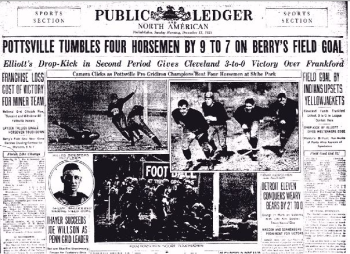 Consider: Only one Pottsville player, end Charlie Berry, made the 11-man all-pro team that year, even though the Maroons were the best club in the league. (The Bears, who finished with seventh-best record, placed three on the squad, and the Cardinals and Giants two each.) Also, more than a few people think Pottsville back Tony Latone belongs in the Hall of Fame. After the Four Horsemen game, Ed Pollack of the Philadelphia Public Ledger gushed, “[Latone] hit the line like a locomotive plowing into an automobile at a grade crossing — and with the same result.” But Latone, of course, isn’t in the Hall of Fame.
Consider: Only one Pottsville player, end Charlie Berry, made the 11-man all-pro team that year, even though the Maroons were the best club in the league. (The Bears, who finished with seventh-best record, placed three on the squad, and the Cardinals and Giants two each.) Also, more than a few people think Pottsville back Tony Latone belongs in the Hall of Fame. After the Four Horsemen game, Ed Pollack of the Philadelphia Public Ledger gushed, “[Latone] hit the line like a locomotive plowing into an automobile at a grade crossing — and with the same result.” But Latone, of course, isn’t in the Hall of Fame.
The Cardinals, on the other hand, were charter members of the NFL — and are still with us today. That might explain why Carr didn’t revoke their franchise when they ran afoul of league rules late in the season. The stunt the Cardinals pulled, after all, was infinitely more scandalous than what the Maroons did. In their next-to-last game, they annihilated (59-0) an undermanned Milwaukee Badgers club that was supplemented by four players from a Chicago high school. (The kids, one of them just 16 years old, had been recruited by the Cards’ Art Folz, an alumnus of the school.)
Folz was banned from the NFL for life, and the Milwaukee owner was ordered to sell his team. Cardinals’ owner Chris O’Brien, however, got off with a one-year probation and a $1,000 fine, even though he admitted in a statement, “Just before [the game started], I learned that there were high school amateurs on the Milwaukee team. Now I know the mistake I made was in not canceling the game right then. But there were several hundred people out there to see the game. Things were moving fast. I didn’t sit down and think it out carefully.”
That win — plus another over the Hammond Pros, who hadn’t played a league game in more than a month — left the Cardinals with an 11-2-1 mark to Pottsville’s 10-2. A more suspect 11-2-1 team the NFL has never seen. No fewer than eight of the Cards’ games were against clubs that finished with one or no wins. Their opponents had a combined record of 46-70-13. Oh, and did I mention they had only one road game — against the cross-town Bears?
Granted, the Maroons enjoyed some scheduling advantages, too. Six of their wins were over teams that had played the day before (and presumably had been softened up). Their opponents, though, had a combined record of 71-66-9 — and they did crush the Cardinals 21-7 in Chicago.
O’Brien, to his credit, refused the championship when the league tried to award it to him, but it was a moot point. Pottsville had been banished — it was reinstated the following year — and the Cardinals had the best record of the remaining teams. Amazingly, the Cards’ victory over Milwaukee, the club with the four high schoolers, remains on the books, even though Carr said it would be stricken. Without that win, their record would be the same as the Maroons’, 10-2 (ties didn’t count).
Was Carr within his rights to kick Pottsville out of the NFL (temporarily)? Absolutely. But was his action just? That’s a question the league must wrestle with. And it doesn’t make it any easier that Carr is a beloved figure in pro football history, renowned for his fairness and leadership. “Many times at league meetings, we would recess late Saturday night in turmoil and on the verge of permanent dissolution,” March wrote in Pro Football. “The next morning, he would lead the boys of his religion to Mass, and they would return in perfect harmony.”
In this case, however, the case of the 1925 Pottsville Maroons, ol’ Joe might have blown one.
From The Washington Times, May 29, 2003
Sources: The Pro Football Chronicle, pro-football-reference.com.
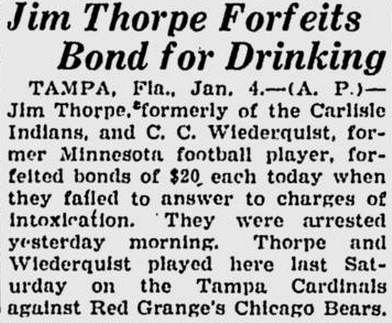
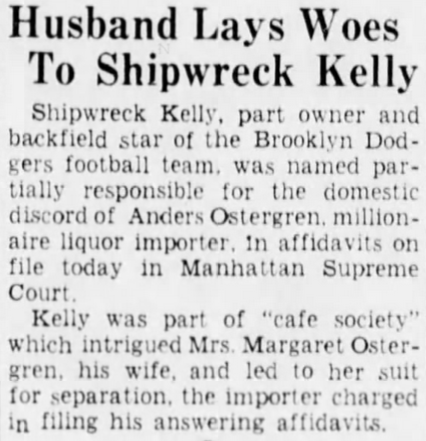 ● 1946: Double disaster.
● 1946: Double disaster.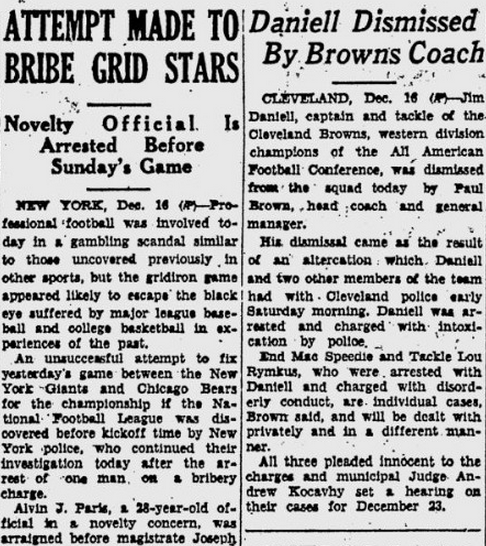
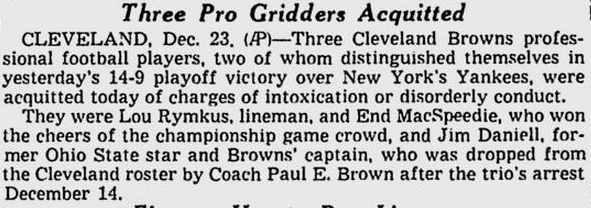 ● 1959: Another DUI charge for Bobby Layne.
● 1959: Another DUI charge for Bobby Layne.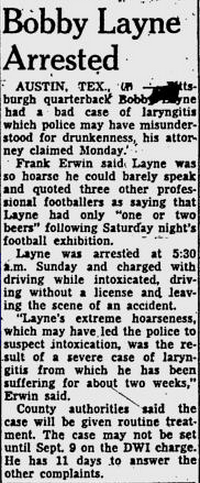 ● 1960: John Henry Johnson falls behind on his child-support payments.
● 1960: John Henry Johnson falls behind on his child-support payments. ● 1972: Karl Sweetan tries to sell his Rams playbook to the Saints, one of his former teams.
● 1972: Karl Sweetan tries to sell his Rams playbook to the Saints, one of his former teams.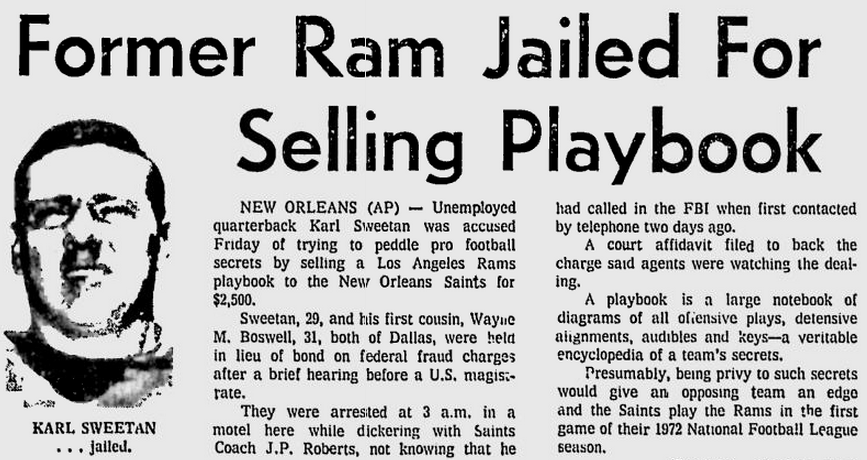
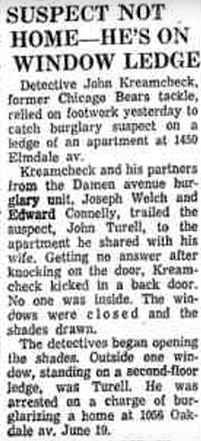 Sources: Google newspapers, Brooklyn Eagle archives, Chicago Tribune archives, pro-football-reference.com.
Sources: Google newspapers, Brooklyn Eagle archives, Chicago Tribune archives, pro-football-reference.com.

